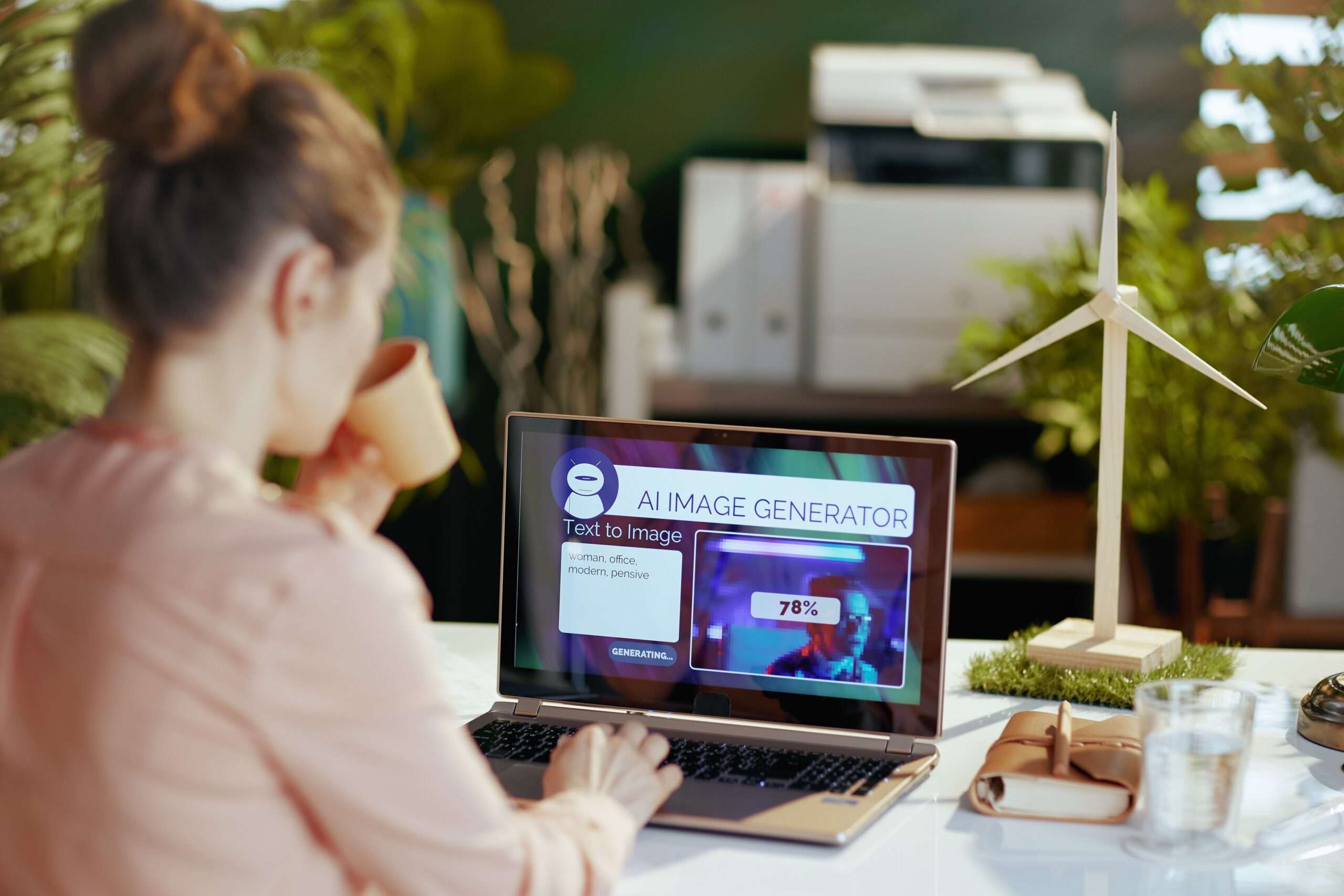Do you know if OpenAI is open source? And whether you can access its models freely? We’ve got you covered! OpenAI, despite its name, has a complex relationship with open-source principles. While some of its early work was open-source, the company has largely shifted towards a closed ecosystem. In this article, we’ll break down what’s truly open, what’s not, and why OpenAI made these changes.
Is OpenAI Open Source?
No, OpenAI is not fully open source. While it started with an open-source approach, OpenAI has since shifted towards a closed model for its most advanced technologies.
When OpenAI was founded in 2015, its mission was to develop AI for the benefit of humanity. Initially, it released research papers, open-source code, and models freely. However, as AI technology advanced, OpenAI limited access to its most powerful models. This decision was made due to concerns over security, ethical risks, and commercial interests.
Currently, OpenAI’s most powerful models, such as GPT-3, GPT-4, DALL·E, and Codex, are proprietary. This means they are not freely available for public use or modification. Instead, OpenAI provides API access, allowing developers and businesses to use the technology through a paid subscription.
Which OpenAI Tools Are Open Source?
Some OpenAI tools are open source, but major AI models are not. OpenAI has released several open-source projects, but the core AI models remain proprietary.
| Open Source | Closed Source |
| GPT-2 | GPT-3, GPT-4 |
| Whisper (Speech Recognition) | ChatGPT |
| CLIP (Image Processing) | DALL·E (AI Art Generator) |
| Gym (Reinforcement Learning Toolkit) | Codex (AI for Coding) |
While OpenAI still shares some projects, the most powerful AI systems are kept under strict control.
Why Did OpenAI Move Away from Open Source?
To ensure safety, commercial viability, and prevent misuse. OpenAI’s decision to restrict access was driven by multiple factors:
- Safety Concerns: Advanced AI can be misused for disinformation, deep fakes, and cyberattacks. Keeping models closed helps prevent malicious use.
- Competitive Edge: AI is a highly competitive field. OpenAI wants to maintain leadership by keeping its technology exclusive.
- Computational Costs: Running AI at scale requires massive infrastructure, and a closed model allows OpenAI to monetize access.
- Regulatory and Ethical Challenges: Governments are increasingly concerned about AI’s impact on society. OpenAI aims to regulate access responsibly.
Is OpenAI Completely Against Open Source?
No, OpenAI still supports open-source efforts in limited ways. While its flagship models are closed, OpenAI continues to contribute to AI research by releasing tools and datasets. The company also collaborates with researchers and policymakers to shape AI development responsibly.
For example, OpenAI has released Whisper, an advanced speech recognition model, as open-source. Additionally, models like CLIP, which can interpret images and text, are available for public use. These contributions help developers experiment with AI and create new applications.
How Can You Use OpenAI’s Technology?
Even though OpenAI’s most powerful models are closed, you can still use them through official channels:
- API Access: OpenAI offers API subscriptions, allowing developers to integrate AI into apps and websites.
- ChatGPT Free Tier: OpenAI provides a free version of ChatGPT with limited capabilities.
- Open-Source Alternatives: If you want open-source AI, platforms like Hugging Face and EleutherAI provide alternatives.
Is OpenAI’s Business Model Justified?
Yes, but it depends on your perspective. OpenAI argues that closing access is necessary to sustain operations and ensure AI safety. Critics, however, believe that AI should remain open-source to promote innovation and fairness.
Here’s a breakdown of both perspectives:
| OpenAI’s Justification | Criticism Against OpenAI |
| Maintains AI safety by preventing misuse. | Restricts innovation and transparency. |
| Ensures financial sustainability for continued research. | Locks AI behind a paywall, limiting access. |
| Prevents misuse in harmful applications. | Gives large companies a competitive advantage over individuals. |
Ultimately, OpenAI’s approach is a balancing act between openness and control.
Conclusion
OpenAI started with an open-source vision but has shifted to a more closed approach. While some tools remain open, the most advanced AI models are proprietary. This shift allows OpenAI to balance innovation, security, and business sustainability.
If you’re looking for open-source alternatives, platforms like Hugging Face and EleutherAI offer community-driven AI solutions. However, if you want access to OpenAI’s advanced models, you’ll need to use their API or paid services.
Are you fascinated by OpenAI? We have more in store for you: Is OpenAI Safe? Concerns That Bother Us.
